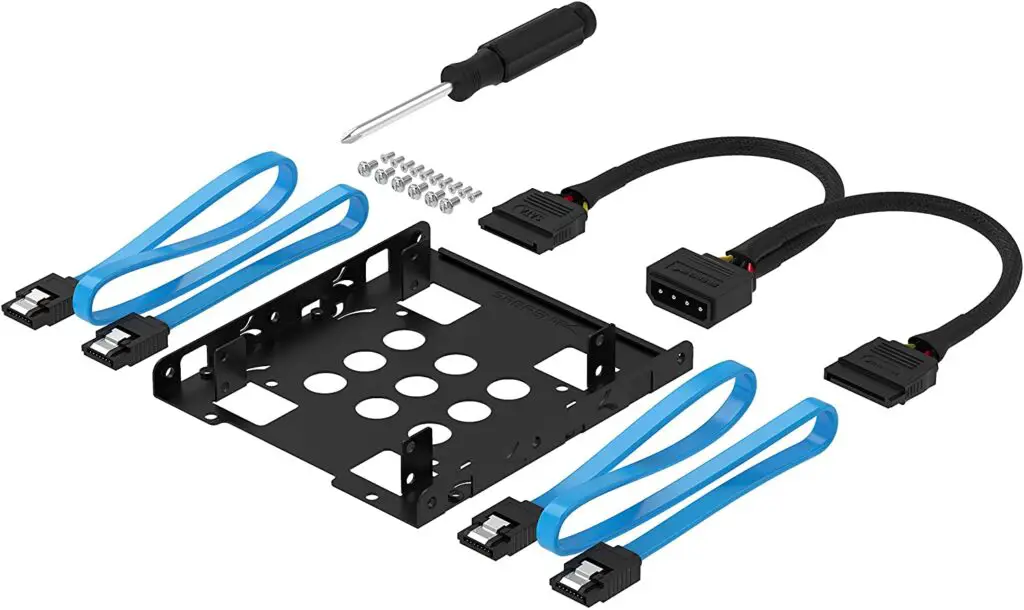As a tech enthusiast, I’ve always been interested in smart home devices and their compatibility.
One question that often comes up is whether Google Home works with Vivint, a popular smart home security provider.
It’s essential to understand the compatibility between these platforms, as it can make managing and securing our homes more convenient and efficient.
Table of Contents

Luckily, I discovered that Vivint does indeed work with Google Home, which is great news for those of us who enjoy voice-activated control over smart home devices.
This integration allows users to control various Vivint security system features such as arming and disarming the system, locking and unlocking doors, and more—all by simply using voice commands with Google Home devices like the Google Home Hub, Google Home Mini, or Nest Hub source.
In the world of smart home security, seamless integration is crucial to enhance our experience and ease of use.
With Google Home’s compatibility with Vivint, we can now easily control and monitor our smart homes via voice commands.
This powerful combination makes for a more efficient, seamless, and user-friendly experience.
Understanding Smart Home Ecosystems
Components of a Smart Home
When I set up my smart home, I want it to have devices that work seamlessly together for a hassle-free and convenient experience. Some of the essential components of a smart home are:
- Smart speakers: which usually act as the central hub for a smart home and enable voice commands through smart assistants like Google Assistant.
- Smart lighting: which allows me to control the color and brightness of my home’s lights using voice commands or automation.
- Smart thermostats: These help save energy and maintain a comfortable temperature in my home.
- Smart locks: With a smart lock, I can remotely lock or unlock my doors, set temporary passcodes for guests, and receive notifications if someone tries to tamper with my lock.
- Smart security devices: Cameras, motion sensors, and door/window sensors that provide me with real-time alerts and a sense of security.
Of course, there are many more smart devices, but these are some of the core components to create a functional smart home.
The Role of AI in Home Automation
One thing that fascinates me about smart homes is how AI (Artificial Intelligence) plays a crucial role in home automation. AI makes it possible for our smart home devices to learn our routines and preferences.
For example, it helps smart thermostats learn when I am likely to be at home and adjust the temperature accordingly.
With AI-powered voice assistants like Google Assistant, I can control my smart devices using natural language commands.
The AI processes my voice input and sends commands to the respective devices to perform actions like turning lights on or off or adjusting the thermostat.
Furthermore, AI also plays a part in creating automation rules where multiple smart devices work together.
I can set up scenarios like “When I arrive home, my smart lights should turn on, and my smart lock should unlock the door.” AI allows my smart home ecosystem to connect and communicate, making my life easier and more convenient.
As smart home ecosystems continue to evolve, I’m excited to see the advancement of AI and how it will further enhance my home automation experience.
Exploring Vivint and Google Home Compatibility

Vivint Smart Home Integration
As a user of both Vivint Smart Home systems and Google Home devices, I wanted to make my smart home experience as seamless as possible.
I was excited to find out that Vivint and Google Home are indeed compatible, which means I can use my Google Home or Google Nest devices to control and monitor my Vivint security system.
With this compatibility, I can easily use voice commands like, “Hey Google, arm Vivint to away,” or “Hey Google, am I protected?”
This seamless integration allows me to feel more in control of my smart home, without needing to open multiple apps or use multiple devices.
Setting Up Google Home with Vivint
Setting up my Google Home to work with my Vivint system was quite easy. Here are the steps I followed:
- Open the Google Home app on my phone or tablet.
- I tapped on “Devices” in the app.
- Then I tapped on “Add New Device.”
- I chose “Works with Google.”
- And finally, I selected “Vivint Smart Home” from the list and followed the steps to complete the setup.
Throughout this process, I made sure my Vivint system was properly set up, and I had all the necessary login information handy. Overall, it didn’t take me longer than 20 minutes to integrate both systems, and it has made a significant impact on how I interact with my smart home.
By integrating my Vivint Smart Home system with my Google Home devices, I have been able to streamline my home automation experience.
Now I can conveniently use my voice to control and monitor my home’s security, making it feel safer and more efficient.
The compatibility between Vivint and Google Home is a welcome convenience for users like me, who want to get the most out of their smart home investments.
The Convenience of Voice Control

Hands-Free Operation of Security Features
In my experience, one of the greatest benefits of using voice control with smart home security systems like Vivint is the convenience of hands-free operation.
With the help of Google Home, I can easily manage the security features of my home without even lifting a finger.
For instance, I can lock or unlock my doors by using voice commands with compatible smart locks like Yale Assure Lock Touchscreen.
Not only does this make it easier for me to maintain the security of my home, but it also allows me to manage other features like lights and the garage door.
I can simply say “Hey Google, turn off the living room lights” or “Hey Google, open the garage door” and the system takes care of it for me. This has significantly improved the overall functionality of my smart home setup.
Controlling Your Smart Home with Voice Commands
Another area where voice control can be a game-changer is in managing my home’s thermostat.
With compatible smart thermostats like the Nest Learning Thermostat or the Vivint Element Thermostat, I can adjust the temperature of my home by simply asking Google Home.
For example, I say “Hey Google, set the thermostat to 72 degrees” and the thermostat adjusts the temperature accordingly.
I’ve found that having a voice-controlled system in my home has allowed me to streamline my daily routine. With Google Home and Vivint, I can control various aspects of home security and automation just by using my voice.
This has made my life so much easier, especially when I’m multitasking or in a rush.
Incorporating voice commands into your smart home setup provides an added layer of convenience and accessibility.
Whether it’s managing your home’s security features or controlling lights and thermostat settings, using Google Home with Vivint creates a seamless and user-friendly experience that enhances the efficiency of your daily life.
Enhanced Home Automation Features
As a user of both Google Home and Vivint, I am thrilled with the enhanced home automation features they provide.
In this section, I will highlight some of the advanced thermostat functionalities and integrated security and monitoring solutions that come with these technologies.
Advanced Thermostat Functionalities
Smart thermostats, like the Nest Learning Thermostat, are a game-changer for temperature control in my home.
They adjust the temperature settings based on my daily routines and preferences, making my HVAC system much more efficient.
With the integration of Google Home and Vivint, I can easily control the thermostat using voice commands.
- “Learning” ability: The learning thermostat adapts to my living patterns and optimizes temperature settings to conserve energy.
- Remote control: I can operate and monitor my thermostat from my smartphone, thanks to the Vivint app.
- Energy-saving: The energy-saving features of a smart thermostat combined with Vivint’s home automation can help me reduce my energy consumption and lower utility bills.
Integrated Security and Monitoring Solutions
Vivint’s compatibility with Google Home has allowed me to implement smart home security and monitoring solutions seamlessly.
Here are some noteworthy features that help ensure my home remains secure:
- Security cameras: I can use voice commands to access live feeds from my security cameras, giving me the ability to keep an eye on my home at all times.
- Smart locks: The Yale Assure Lock Touchscreen is a fantastic smart lock that I can control using my Google Home. It allows me to lock and unlock my doors remotely, eliminating the need for keys.
- 24/7 monitoring: Vivint’s 24/7 monitoring service ensures that my home is always being monitored for potential security threats.
All in all, these advanced features powered by the integration of Google Home and Vivint have significantly improved my home automation experience, making my life easier and more comfortable.




